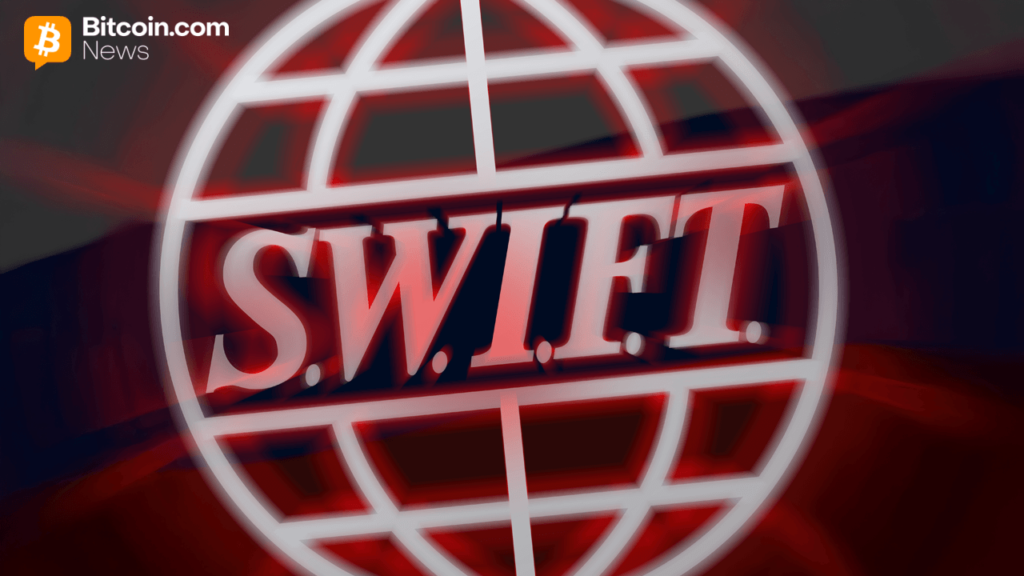SWIFT’s Foray into Ethereum Layer Two: A Blend of TradFi and DeFi
In a groundbreaking move, SWIFT, the esteemed gatekeeper of global banking communications, is testing its messaging system on the Ethereum Layer Two solution, Linea. This exploration marks an intriguing intersection between traditional finance (TradFi) and decentralized finance (DeFi). By leveraging the benefits of blockchain technology, SWIFT aims to enhance its messaging services, ensuring they stay relevant in a rapidly evolving financial landscape.
The Evolution of SWIFT
Originally established in 1973, SWIFT has been the backbone of international banking communications, facilitating secure and standardized messaging between financial institutions. Currently, SWIFT processes millions of messages daily, enabling everything from payment orders to trade confirmations. However, with the rise of blockchain and cryptocurrencies, traditional financial systems face increasing competition. As digital assets gain traction, the necessity for robust and agile communication networks has become paramount.
Why Ethereum Layer Two?
Ethereum’s Layer Two solutions, like Linea, offer scalability and reduced transaction costs without compromising the security of the Ethereum mainnet. By utilizing such an L2 solution, SWIFT can potentially enhance its existing messaging framework, allowing for faster transactions and lower fees. This adaptability not only improves efficiency but can also facilitate smoother cross-border payments, a critical aspect of global finance. Implementing on-chain messaging could thus give SWIFT an edge over competing networks and novel DeFi platforms.
Bridging TradFi and DeFi
SWIFT’s initiative is more than just an experimental phase. It symbolizes a significant shift in how traditional banking institutions view blockchain technology. By embracing decentralized systems, SWIFT acknowledges the growing demand for interoperability and transparency in financial messaging. This move could pave the way for other financial institutions to explore similar innovations, fostering collaboration between TradFi and DeFi sectors. The combination not only challenges the status quo but also redefines what is possible in the realm of global finance.
The Future of Global Banking
As SWIFT navigates this new terrain, the implications for the global banking ecosystem are profound. Enhanced messaging systems could lead to faster transaction times and reduced costs for banks and customers alike. Additionally, this integration may attract more institutions to consider blockchain technology for their operations, further bridging the gap between traditional banking and the burgeoning DeFi landscape. The potential for a more interconnected financial world allows for enhanced efficiency and greater accessibility for all users.
Conclusion
SWIFT’s foray into Ethereum Layer Two represents a pivotal moment in the evolution of financial communications. As the line between TradFi and DeFi continues to blur, SWIFT’s innovative approaches may redefine how banking institutions operate and interact. This evolution not only promises to enhance efficiency and speed but also heralds a future of more integrated and transparent global banking solutions. By embracing blockchain technology, SWIFT is not merely adapting; it’s leading a charge toward a more agile and innovative financial ecosystem, setting the stage for the bank messaging systems of tomorrow.


